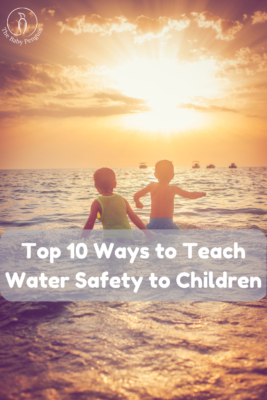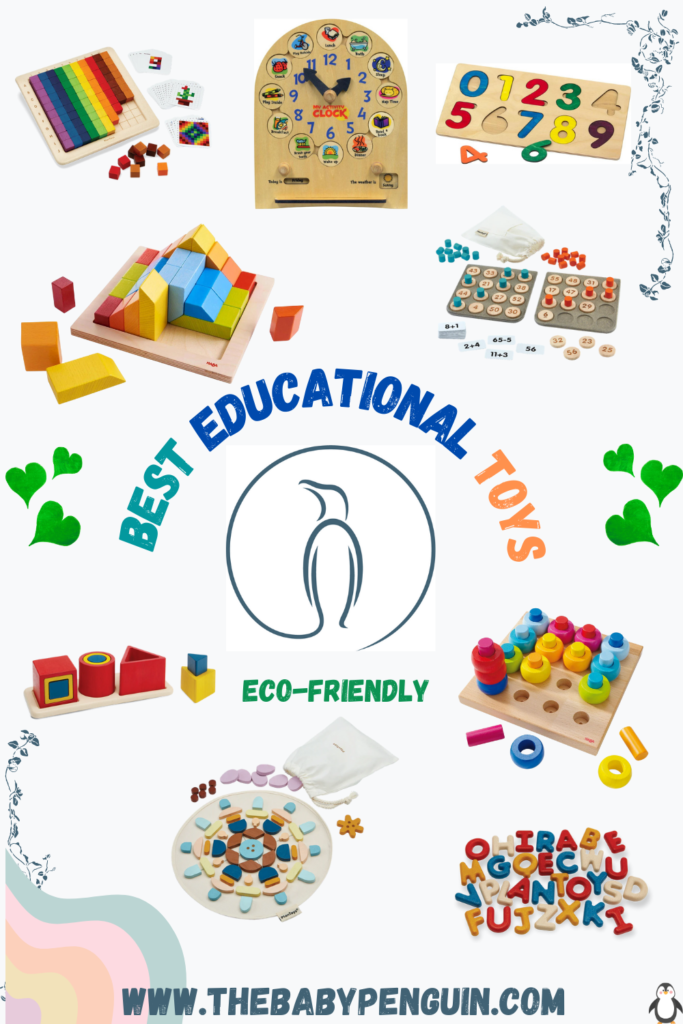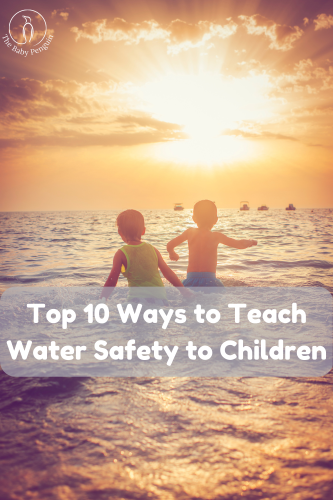Table of Contents
ToggleTop 10 Ways to Teach Water Safety to Children
Living in Hawaii, water safety is of the utmost importance. Every beach or lagoon can quickly turn from fun to danger in seconds without the proper preparations. I want to share the Top 10 Ways to Teach Water Safety to Children with the hope we can all learn a little safety around water this upcoming spring and summer. Water safety is critically important for children as it can help prevent accidents and save lives. Teaching children about water safety can help them develop critical skills and knowledge that can protect them in and around the water.
By learning how to swim, understanding water dangers, wearing life jackets, and following clear boundaries and rules, children can learn how to be safe near water. Additionally, constant adult supervision, practicing water safety drills, and having adults trained in CPR and first aid can all contribute to ensuring children’s safety near water. Overall, water safety for children is crucial in promoting safe and enjoyable experiences in and around water. I want to share the Top 10 Ways to Teach Water Safety to Children with the hope we can all learn a little safety around water this upcoming spring and summer.
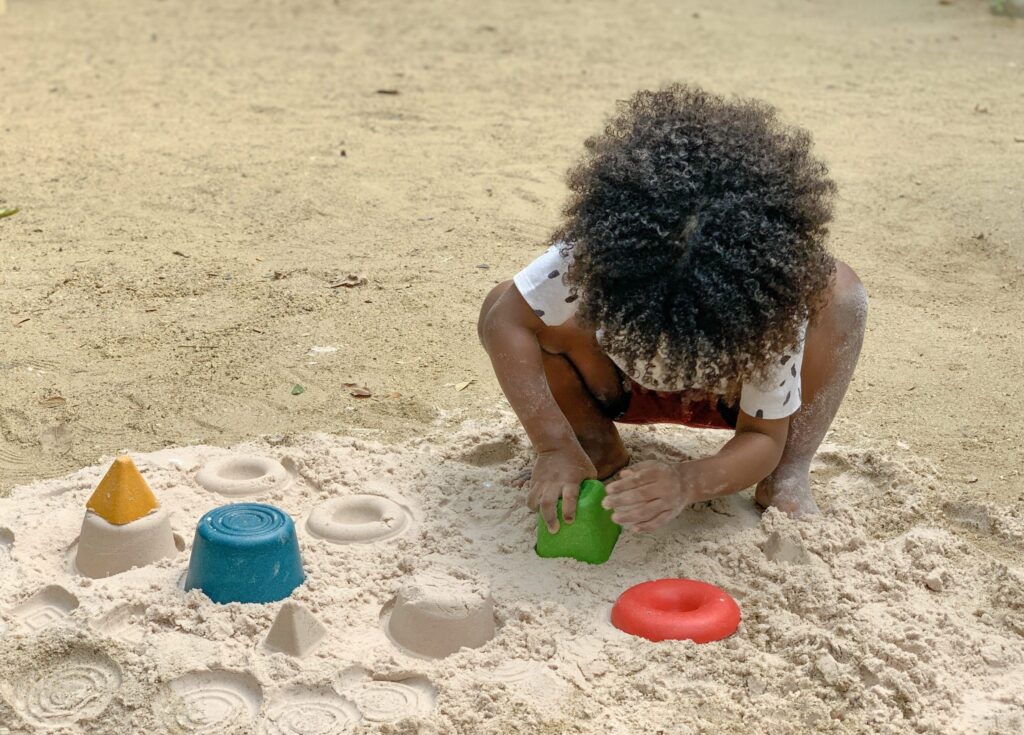
Teaching children water safety is crucial, as it can help prevent accidents and save lives. Here are some ways to teach children about water safety.
Here are the Top 10 Ways to Teach Water Safety:
-
Start with the basics:
Teach children the importance of never going near the water without adult supervision and always asking for permission to go near or in the water.
-
Teach swimming skills:
Sign children up for swimming lessons, and ensure they know basic swimming techniques and water survival skills.
-
Teach the dangers of water:
Explain to children the potential dangers of water, including drowning, currents, and hidden objects underwater.
-
Use life jackets:
Ensure children wear properly fitted life jackets whenever they are near or in the water.
-
Set rules and boundaries:
Establish clear boundaries for where children are allowed to go in the water and ensure they understand the rules and consequences of breaking them.
-
Supervise constantly:
Always supervise children when they are in or around water, even if they are experienced swimmers.
-
Teach emergency response:
Teach children what to do in an emergency situation, including how to call for help and what to do if someone is in trouble in the water.
-
Practice water safety drills:
Conduct water safety drills with children to practice what to do in emergency situations and ensure they know how to react quickly and safely.
-
Stay up-to-date with CPR training:
Ensure adults who supervise children near water are trained in CPR and first aid, in case of an emergency.
-
Use books, videos, and other resources:
Utilize educational materials like books, videos, and online resources to help teach children about water safety in a fun and engaging way.
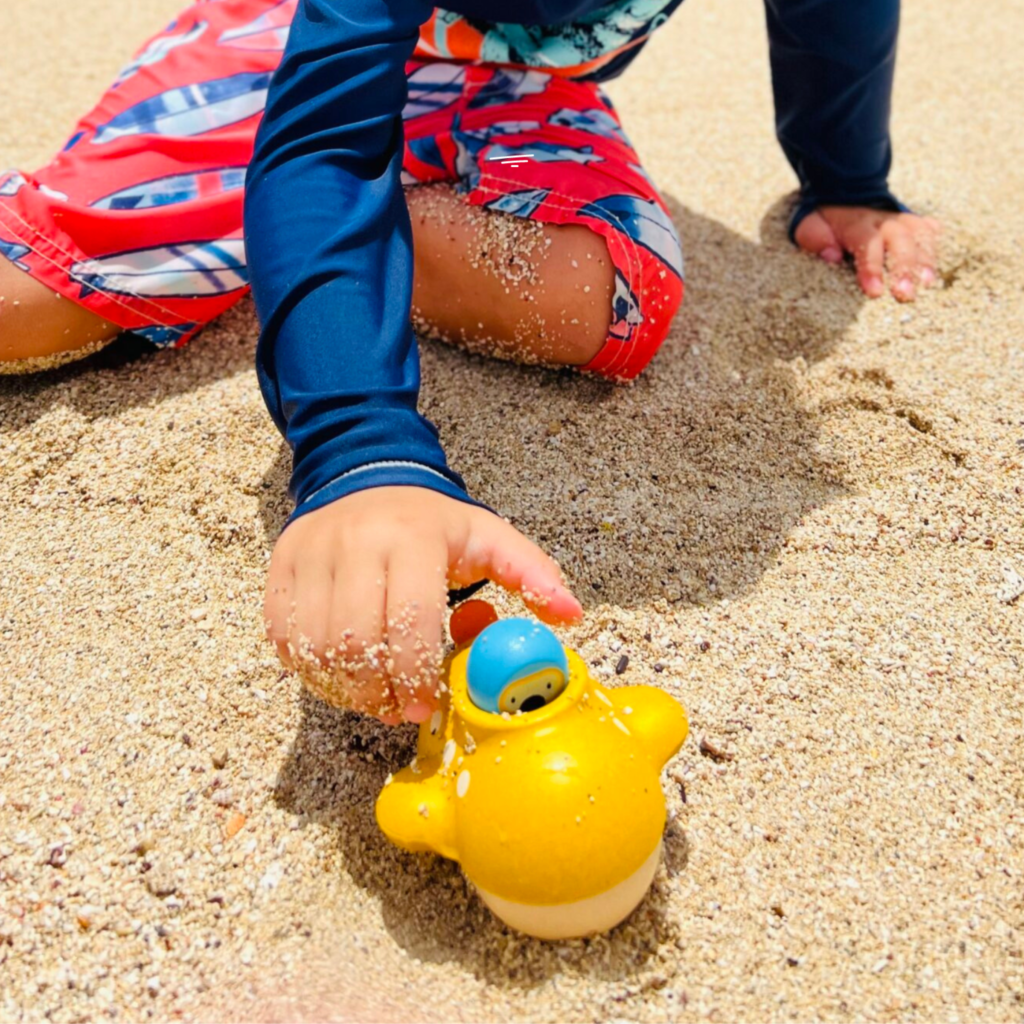
Swimming Smart Tip: Buddy up! Always swim with a partner, every time — whether you’re swimming in a backyard pool or in a lake. Even experienced swimmers can become tired or get muscle cramps, which can make it hard to get out of the water. When people swim together, they can help each other or go for help in an emergency.
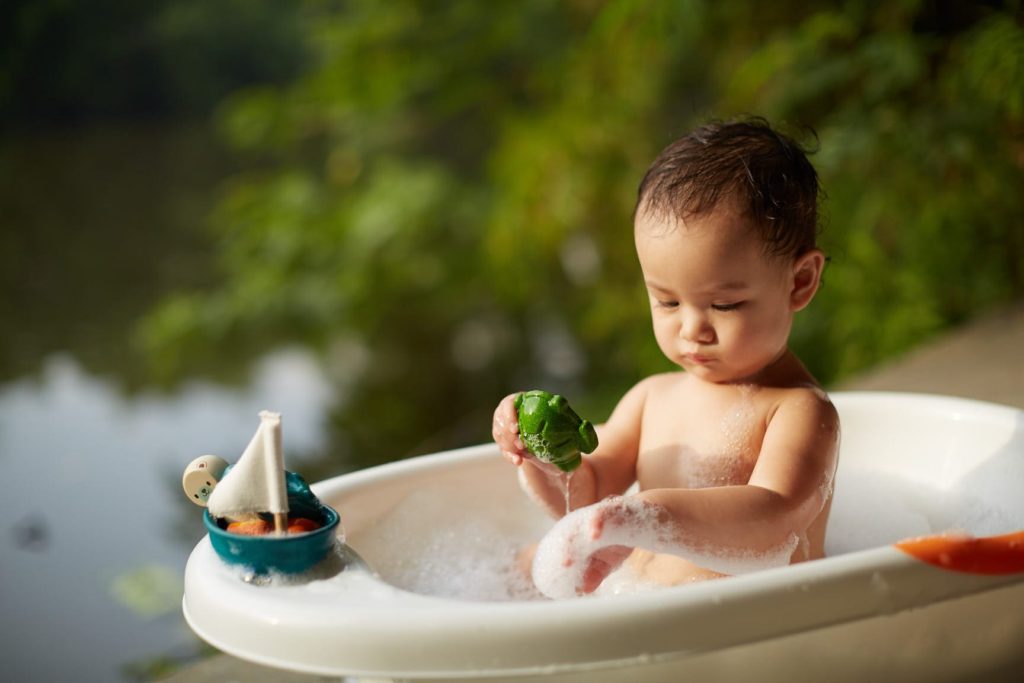
In conclusion:
Firstly, water safety is incredibly important for children. It is essential that children learn basic swimming skills. They are taught about the potential dangers of water. Second, Children must be supervised when near or in the water. Thirdly, by teaching children to wear properly fitted life jackets, and follow clear boundaries and rules. By understanding how to respond in emergency situations, parents and caregivers can help prevent accidents. Lastly, ensure children always have a safe and enjoyable experience in and around water.
It is critical that adults stay up-to-date with CPR. First aid training and practice water safety drills with children to ensure they are prepared for emergency situations. By prioritizing water safety for children, parents and caregivers can help prevent accidents. This ensures children can enjoy the many benefits of water play in a safe and secure manner. My Top 10 Ways to Teach Water Safety to Children can teach children the basics before entering the water this upcoming spring and summer.

